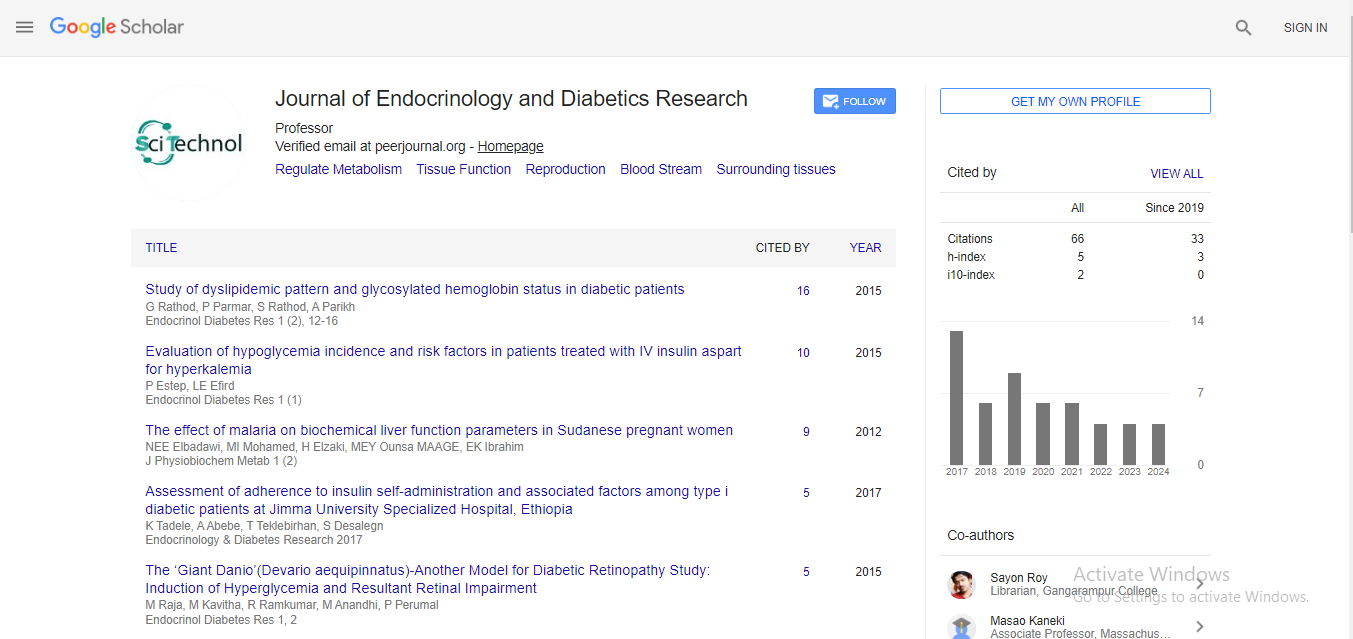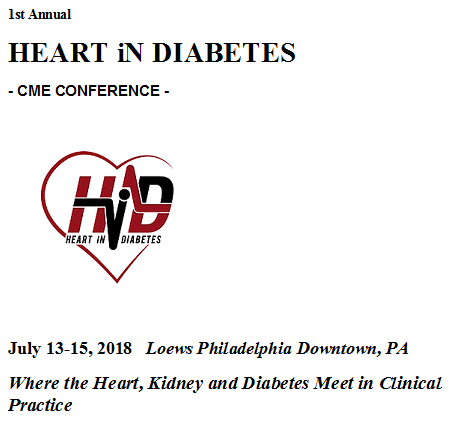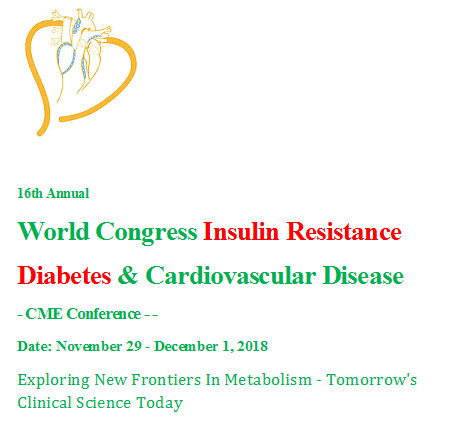Editorial, Endocrinol Diabetes Res Vol: -11 Issue: -1
Microbiome Metabolic Modulation: Unlocking New Pathways in Metabolic Health
Juan Rodríguez*
Department of Microbiology, Universidad Industrial de Santander, Colombia
- *Corresponding Author:
- Juan Rodríguez
Department of Microbiology, Universidad Industrial de Santander, Colombia
E-mail: juan364@gmail.com
Received: 01-Feb-2025, Manuscript No. ecdr-25-169196; Editor assigned: 4-Feb-2025, Pre-QC No. ecdr-25-169196 (PQ); Reviewed: 19-Feb-2025, QC No. ecdr-25-169196; Revised: 26-Feb-2025, Manuscript No. ecdr-25-169196 (R); Published: 30-Feb-2025, DOI: 10.4172/2324-8777.1000428
Citation: Huang L (2025) Microbiome Metabolic Modulation: Unlocking New Pathways in Metabolic Health. Endocrinol Diabetes Res 11:428
Introduction
The human microbiome—the diverse community of trillions of microorganisms residing in and on our bodies—has emerged as a pivotal regulator of health and disease. Among its many influences, the gut microbiome plays a critical role in metabolic regulation. Over the past decade, scientific advances have uncovered how alterations in the gut microbiota composition and function can profoundly impact metabolic health, influencing obesity, insulin resistance, type 2 diabetes (T2D), and other metabolic disorders. This has given rise to the exciting field of microbiome-metabolic modulation, which seeks to harness the gut microbiome to prevent and treat metabolic diseases by restoring or optimizing microbial balance [1].
The human gut microbiome, a vast and complex community of microorganisms, plays a crucial role in regulating host metabolism and overall health. Recent research has highlighted the profound influence of gut microbes on metabolic processes, including glucose regulation, lipid metabolism, and energy balance. This has led to the emerging concept of microbiome metabolic modulation—the intentional alteration of the gut microbiota to improve metabolic health and prevent or treat metabolic diseases such as obesity, type 2 diabetes, and non-alcoholic fatty liver disease [2].
Gut microbes produce a variety of bioactive metabolites, such as short-chain fatty acids and secondary bile acids, which interact with host metabolic pathways and immune responses. Dysbiosis, or microbial imbalance, has been linked to chronic inflammation, insulin resistance, and metabolic dysfunction. By modulating the microbiome through diet, probiotics, prebiotics, fecal microbiota transplantation, and novel biotechnological approaches, it is possible to restore microbial balance and enhance beneficial metabolic functions [3].
Microbiome metabolic modulation represents a promising frontier in personalized medicine, offering new strategies to tackle metabolic disorders by targeting the root causes at the microbial level, rather than solely managing symptoms.
The Gut Microbiome and Metabolism: An Intricate Relationship
The gut microbiome comprises bacteria, archaea, viruses, and fungi, with bacterial species being the most studied. This microbial ecosystem contributes essential functions, including digestion, vitamin synthesis, immune system modulation, and barrier integrity. Importantly, the gut microbiome also produces a range of bioactive metabolites that influence host metabolism [4].
Several mechanisms underpin the relationship between the gut microbiome and metabolic health:
Short-Chain Fatty Acids (SCFAs) Production
Microbial fermentation of dietary fibers produces SCFAs such as acetate, propionate, and butyrate. These molecules serve as energy sources for colonocytes, regulate glucose and lipid metabolism, and modulate appetite through hormones like GLP-1 and PYY. Butyrate, in particular, has anti-inflammatory effects and improves insulin sensitivity.
Bile Acid Metabolism
Gut microbes transform primary bile acids into secondary bile acids, which interact with host receptors like FXR and TGR5. These interactions influence lipid metabolism, energy expenditure, and glucose homeostasis. Dysbiosis can disrupt bile acid profiles, contributing to metabolic dysfunction [5].
Gut Barrier Integrity and Endotoxemia
A healthy microbiome supports the integrity of the gut epithelial barrier. When this barrier is compromised, lipopolysaccharide (LPS), a component of gram-negative bacteria, can enter circulation causing chronic low-grade inflammation—a key driver of insulin resistance and metabolic syndrome [6].
Modulation of Inflammation
The microbiome educates the immune system. Certain microbial taxa promote anti-inflammatory responses, while others may trigger pro-inflammatory pathways, impacting systemic metabolic inflammation.
Dysbiosis and Metabolic Disease
Dysbiosis—an imbalance in microbial communities—is strongly associated with obesity, T2D, non-alcoholic fatty liver disease (NAFLD), and cardiovascular diseases. Studies have consistently found altered microbiome profiles in individuals with metabolic diseases, characterized by reduced microbial diversity and shifts in key bacterial groups such as decreased Akkermansia muciniphila and Faecalibacterium prausnitzii, both beneficial SCFA producers [7].
Experimental models show that transplanting microbiota from obese or diabetic donors to germ-free mice can transfer metabolic phenotypes, confirming a causal role. This has spurred efforts to identify specific microbial signatures predictive of disease and to develop microbiome-targeted therapies.
Strategies for Microbiomeâ??Metabolic Modulation
Given its central role, modulating the microbiome offers a novel therapeutic avenue. Several strategies are under investigation:
Dietary Interventions
Diet profoundly shapes the microbiome. Increasing dietary fiber intake boosts SCFA-producing bacteria. Diets rich in diverse plant-based foods, whole grains, and fermented foods promote microbial diversity and metabolic health. Conversely, high-fat, high-sugar “Western” diets induce Dysbiosis [8].
Personalized nutrition approaches, integrating microbiome analysis, seek to tailor diets that optimize microbial metabolism and glucose control.
Probiotics and Prebiotics
Probiotics are live microorganisms that confer health benefits. Certain strains like Lactobacillus and Bifidobacterium have shown modest improvements in insulin sensitivity and lipid profiles in clinical trials.
Prebiotics are nondigestible fibers that selectively stimulate beneficial microbes. Examples include inulin, fructooligosaccharides, and resistant starches. Prebiotics increase SCFA production and enhance gut barrier function [9].
Though promising, probiotic and prebiotic therapies require further validation for long-term metabolic benefits.
Fecal Microbiota Transplantation (FMT)
FMT involves transferring stool from a healthy donor to a recipient to restore microbial balance. In metabolic disease, early trials demonstrate improved insulin sensitivity post-FMT from lean donors. However, effects are variable, and risks such as pathogen transfer remain concerns [10].
Postbiotics and Microbial Metabolite Therapies
Postbiotics are microbial-derived metabolites or components with health benefits. Direct administration of SCFAs or bile acid modulators aims to mimic microbiome effects without altering microbes themselves.
Targeted Antibiotics and Phage Therapy
Selective elimination of pathogenic bacteria via targeted antibiotics or bacteriophages is an emerging concept, though it must be balanced against potential collateral damage to beneficial microbes.
Engineered Microbes and Synthetic Biology
Synthetic biology enables designing engineered microbes that produce beneficial metabolites or therapeutic molecules. This frontier may offer precision microbiome modulation.
Challenges and Considerations
Despite the potential, several challenges impede translation:
Interindividual Variability: Microbiome composition is highly personalized, influenced by genetics, environment, diet, and lifestyle. This complicates “one-size-fits-all” interventions.
Complex Microbe-Host Interactions: The gut microbiome functions as an ecosystem with intricate networks, making targeted manipulation difficult.
Long-Term Safety: Longitudinal studies are needed to assess safety and durability of microbiome therapies.
Standardization and Regulatory Frameworks: Quality control and regulatory guidelines for microbiome-based products are evolving.
Future Directions
Advances in high-throughput sequencing, metabolomics, and machine learning are accelerating microbiome research. Integration of multi-omics data promises to uncover precise microbe-metabolite-host interaction networks.
Future personalized medicine approaches may combine microbiome profiling with genomic and metabolic phenotyping to design individualized interventions. Novel delivery methods, such as encapsulated probiotics or designer synbiotics (combination of probiotics and prebiotics), are under development.
Large-scale clinical trials are underway to validate microbiome modulation in diabetes, obesity, and related metabolic disorders. Collaborative efforts across microbiology, endocrinology, nutrition, and bioengineering will be crucial.
Conclusion
The gut microbiome is a master regulator of metabolic health, influencing energy balance, glucose homeostasis, and inflammation through complex mechanisms. Dysbiosis contributes significantly to metabolic diseases like obesity and diabetes. Harnessing microbiome-metabolic modulation through diet, probiotics, FMT, and emerging biotechnologies offers exciting new avenues for prevention and treatment. While challenges remain, the prospect of targeting the microbiome to restore metabolic balance heralds a paradigm shift in managing metabolic disorders. As research deepens, microbiome modulation may become a cornerstone of personalized metabolic medicine, improving outcomes and quality of life for millions worldwide.
References
- Kuliev Anver, Verlinsky Yury. Preimplantation diagnosis: A realistic option for assisted reproduction and genetic practice. Curr Opin Obstet Gynecol. 17, 179-83 (2005).
- Williams TN, Obaro SK Sickle cell disease and malaria morbidity: a tale with two tails. Trends in Parasitology. 27, 315-320 (2011).
- Kumar Pankaj, Radhakrishnan Jolly, Chowdhary MA et al. Prevalence and Patterns of Presentation of Genetic Disorders in a Pediatric Emergency Department. Mayo Clinic Proceedings. 76, 777-783 (2001).
- Schellenberg ES, Dryden DM, Vandermeer B et al. Lifestyle interventions for patients with and at risk for type 2 diabetes: a systematic review and meta-analysis. Annals of Internal Medicine. 159, 543-551 (2013).
- O'Gorman DJ, Krook A. Exercise and the treatment of diabetes and obesity. Med Clin N. 95, 953-969 (2011).
- Koutroumpakis E, Jozwik B, Aguilar D et al. Strategies of Unloading the Failing Heart from Metabolic Stress. Am J Med. 133, 290-296 (2020).
- Wild S, Roglic G, Green A et al. Global prevalence of diabetes: estimates for the year 2000 and projections for 2030. Diabetes Care. 27, 1047-53 (2004).
- Carulli L, Rondinella S, Lombardini S et al. Review article: diabetes, genetics and ethnicity. Aliment Pharmacol Ther. 22, 16-9 (2005).
- Abate N, Chandalia M. Ethnicity and type 2 diabetes: focus on Asian Indians. JDC. 15, 320-7 (2001).
- CvetkoviÄ? RS, Plosker GL. Exenatide: a review of its use in patients with type 2 diabetes mellitus (as an adjunct to metformin and/or a sulfonylurea). Drugs. 67, 935-954 (2007).
Indexed at, Google Scholar, Crossref
Indexed at, Google Scholar, Crossref
Indexed at, Google Scholar, Crossref
Indexed at, Google Scholar, Crossref
Indexed at, Google Scholar, Crossref
Indexed at, Google Scholar, Crossref
Indexed at, Google Scholar, Crossref
Indexed at, Google Scholar, Crossref
 Spanish
Spanish  Chinese
Chinese  Russian
Russian  German
German  French
French  Japanese
Japanese  Portuguese
Portuguese  Hindi
Hindi 


